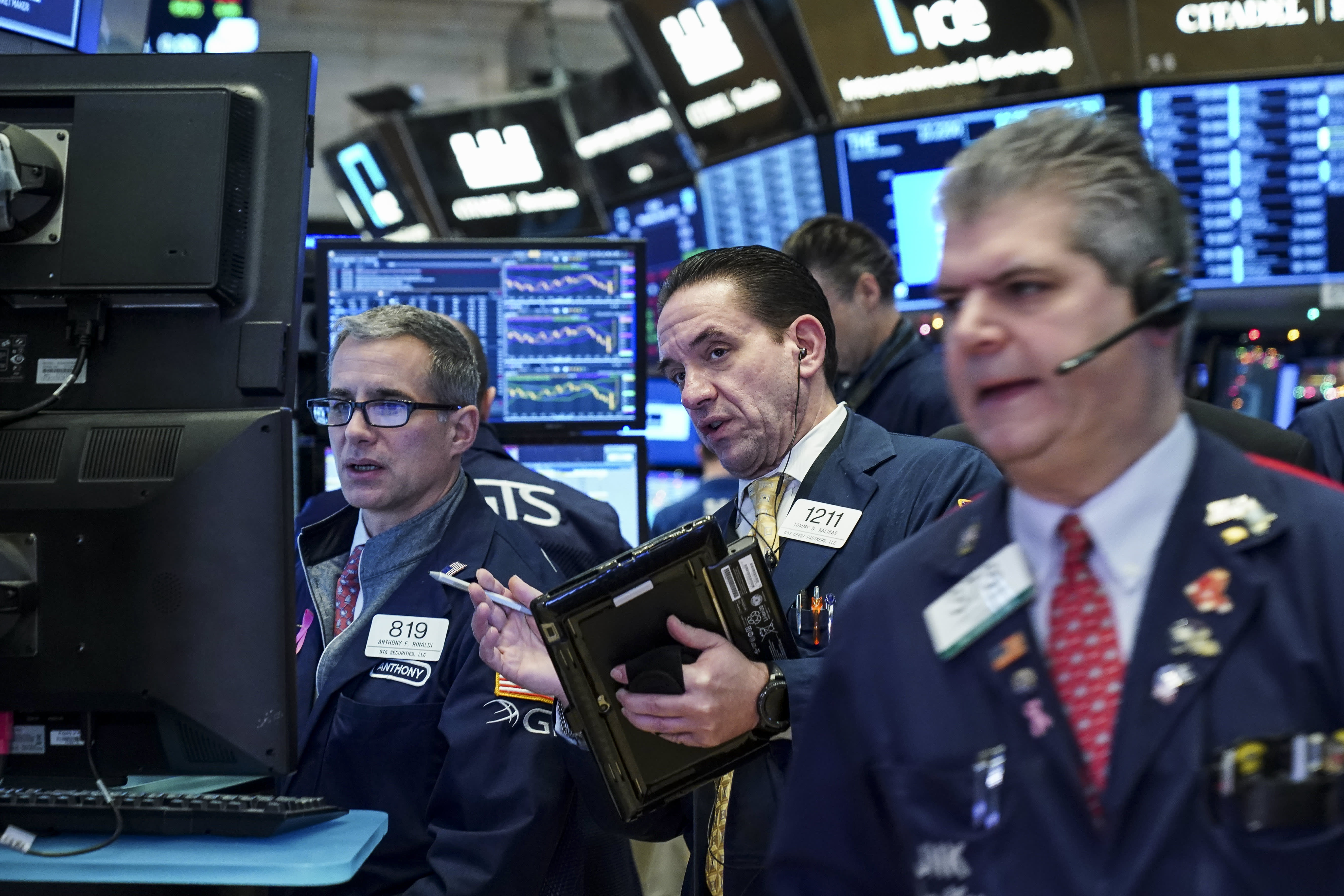
Talk about noise.
The SPDR S&P 500 ETF (SPY) has seen a huge uptick in trading volume this month as worries around U.S.-China trade negotiations took hold in U.S. markets. The fund has had above-average volume nearly every day in May.
Last week, its trading volume exploded to 70% above average, which is usually around 60 million shares per day. As trade tensions escalated last week, it rose to nearly 145 million shares traded. On Monday it sat at nearly 126 million.
Jim Ross, the man behind this fund and one of the masterminds of the ETF market, said Monday that some of this might have to do with the reliability of SPY, which was the first ETF listed in the United States.
"We see this when volatility comes in the market," Ross, executive vice president of State Street Global Advisors, told CNBC's "ETF Edge." "When you see that happening, SPY is going to trade at very high volumes. Investors use SPY to get in and out of the markets all day long during volatile markets, and it's the most heavily traded equity security in the world. It trades three times more than Apple. … [The] dollar volume is three times more than Apple. "
What long-term and short-term buyers both find attractive about SPY is the fund's liquidity profile, said Ross, who is also chairman of Global SPDR.
"There are long-term, buy-and-hold shareholders in SPY. They've been in there for a very long time. They trust the liquidity profile. They trust the market resiliency of SPY and the consistency of the spread," Ross said. "It's very important to make sure you're looking at the underlying liquidity profile of your ETF. Because the cost of execution can far outweigh the couple-basis-point saving in expense ratios."
Ross encouraged investors to consider the "total cost of ownership" when deciding which ETF to buy rather than focusing solely on price. SPY, for example, appears to be the most expensive among its peers from a basis-point perspective, but cost should not necessarily be investors' deciding factor, Ross said.
"Include the spread. Include the consistency of the spread in volatile markets when you may want to execute a trade," he advised, adding that SPY's "one-penny spread" rarely budges, even in times of turmoil.
Tom Lydon, editor and proprietor of ETFTrends.com and president of Global Trends Investments, agreed with Ross that cost is far from the only selling point to consider when looking for an ETF.
"The difference in the expense ratio doesn't matter if you're trading regularly. What you want is execution," Lydon said in the same "ETF Edge" interview. "It's all about liquidity. And if, on any given day, SPY is 40[%] to 45% of overall ETF trading volume, that says something. [But] there are other S&P 500 ETFs that do a good job."
SPY is up more than 12% this year notwithstanding a nearly 3% drop in Monday's trading session. The market-cap-weighted fund counts Microsoft, Apple and Amazon among its top holdings.
via IFTTT
No comments:
Post a Comment